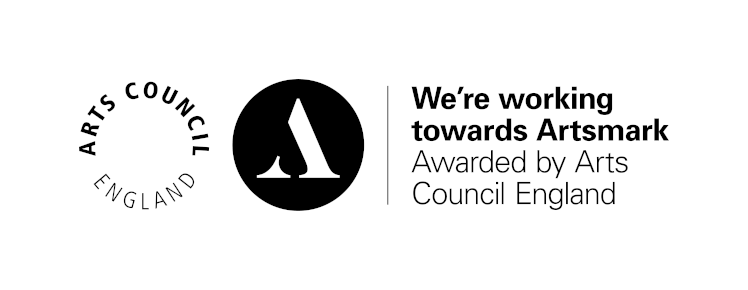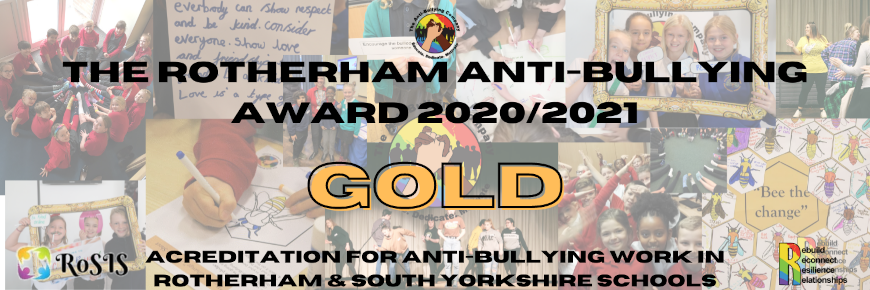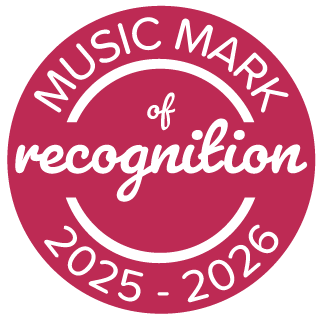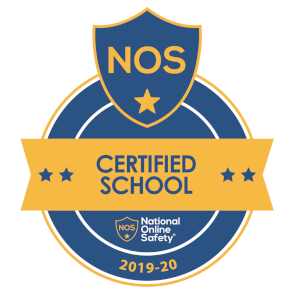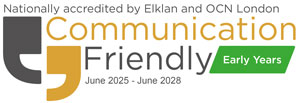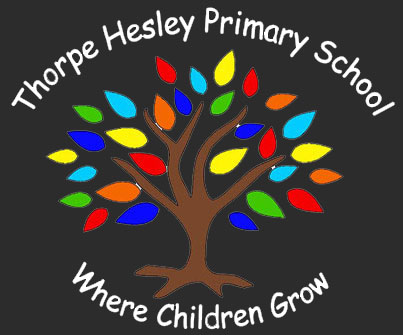Art Intent
At Thorpe Hesley Primary we believe that art stimulates creativity, imagination and inventivness. It gives our pupils the skills, concepts and knowledge necessary for them to express responses to ideas and experiences. Art enables children to communicate what they see, think and feel. We aim to ensure art and design, provide a broad and balanced curriculum, ensuring the progressive development of knowledge and skills, enabling children to observe and record from first hand experiences and imagination.
To do this we aim:
- To challenge all pupils to work creatively whilst deeping their knowledge and understanding through engaging and memorable experiences.
- To encourage children to make their own choices, work collaboratively, sharing and respecting other’s ideas
- To focus strongly on drawing, painting and sulpture to build strong foundations for future learning.
- To encourage self evaluation to teach our children resilience and achieve their goals, using vocabulary linked to art and design.
- To showcase children’s individual art journey by recording and evaluating their experiences in our creativity journals.
- To look more widely at other techniques within our wider curriculu
Art Impact
We will measure the impact of our creative curriculum through:
- Pupil conversations (pupil voice) talking about their learning in art and design.
- Collecting evidence through our creativity journals, photos and work samples sharing the variety of learning experiences across year groups.
- Learning walks and reflective staff feedback.
- Monitoring planning, ensuring teachers plan from the progression document so art and design sessions build on prior learning and develop key vocabulary.
Overview by Stage
Key Stage 1
The National Curriculum for art and design aims to ensure that all pupils:
- produce creative work, exploring their ideas and recording their experiences
- become proficient in using drawing, painting, sculpture and other creative expressions
- evaluate and analyse artistic works using the language of art, craft and design
- know about the great artists, craftsmen and designers, and understand the historical development of their art forms.
Pupils should be taught creativity in art, craft and design by:
- using a range of materials to design and make products
- using drawing, painting and sculpture to share their ideas, experiences and imagination
- developing techniques in using colour, pattern, texture, line, shape, form and space using clay and printing to a large scale and in 3D
- being taught about the work of a range of artists, craftsmen and designers, describing the differences and similarities between different practices and disciplines, and making links to their own work.
Key Stage 2
The National Curriculum for art and design aims to ensure that all pupils:
- produce creative work, exploring their ideas and recording their experiences
- become proficient in using drawing, painting, sculpture and other creative expressions
- evaluate and analyse artistic works using the language of art, craft and design
- know about the great artists, craftsmen and designers, and understand the historical development of their art forms.
Pupils should be taught to develop their techniques, including their control and their use of materials, with experimentation and an increasing awareness of different kinds of art, craft and design.
Pupils should be taught:
- to create sketch books to record their observations and use them to review and revisit ideas, and collect visual material to help them to develop their ideas
- to improve their mastery of techniques, such as drawing, painting and sculpture with materials (e.g. pencil, charcoal, paint, clay)
- about the greatest artists, architects and designers in history.
Useful Links and Resources
Here are our policies related to art teaching.
Policies and Information
Gallery
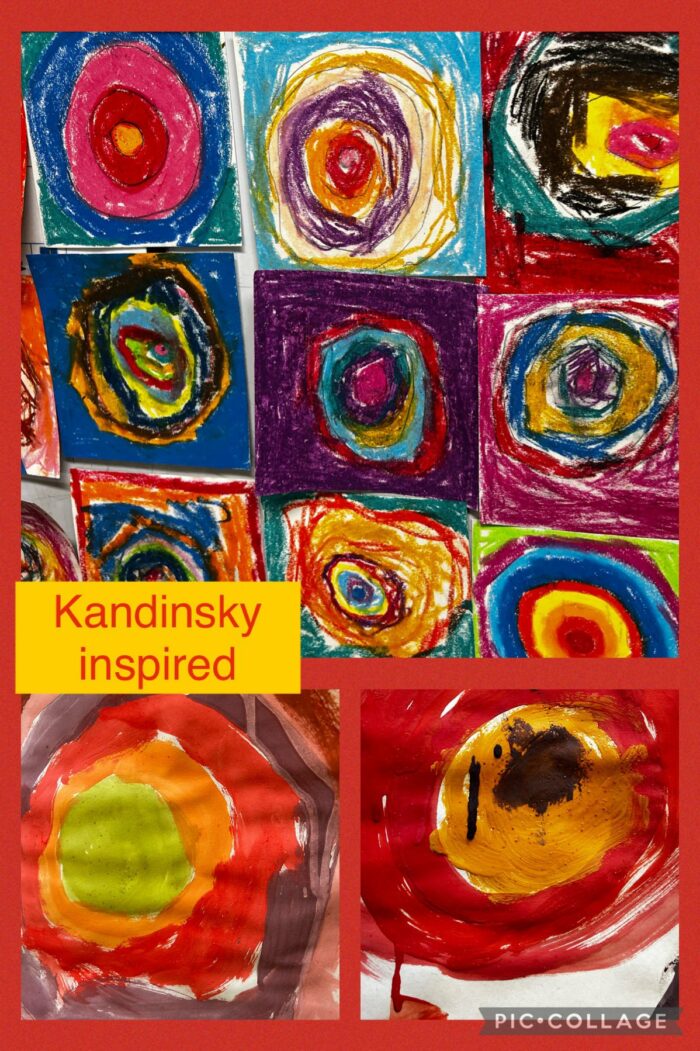
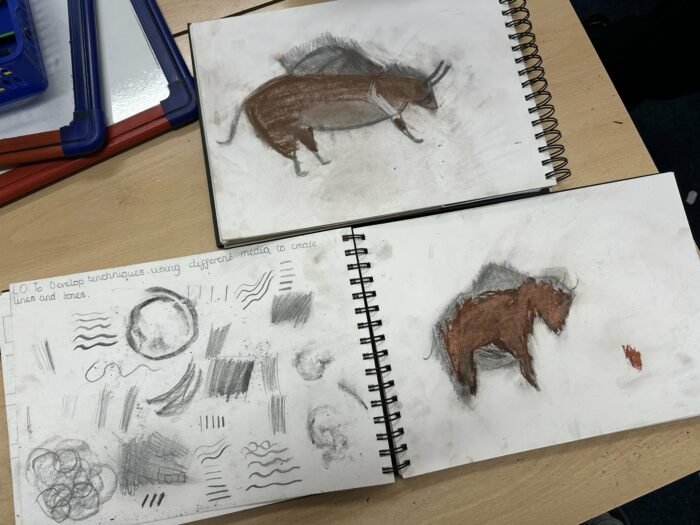
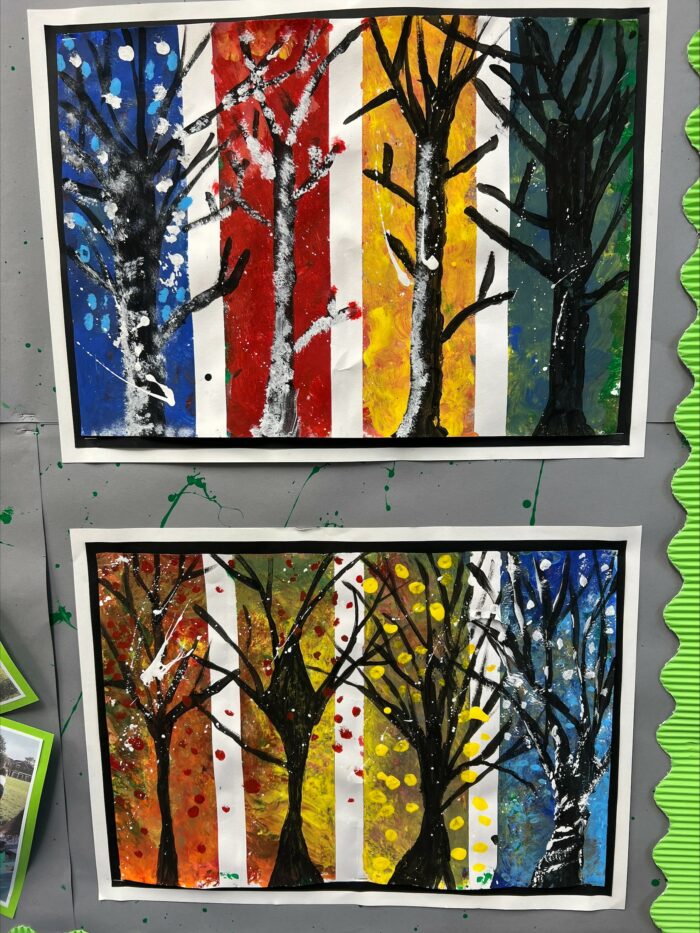
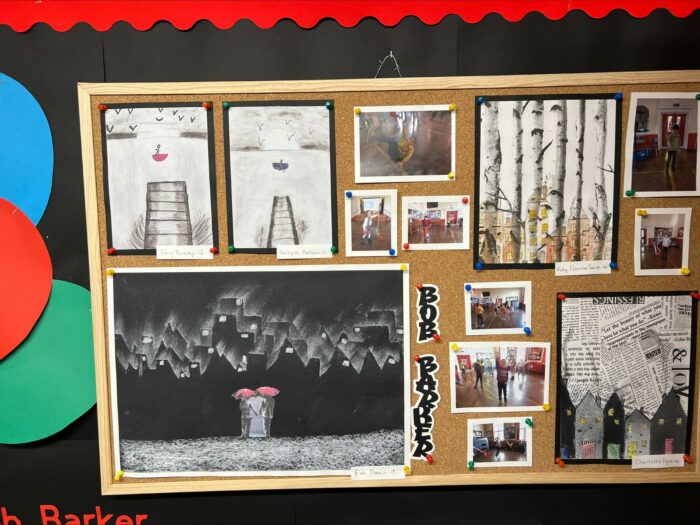
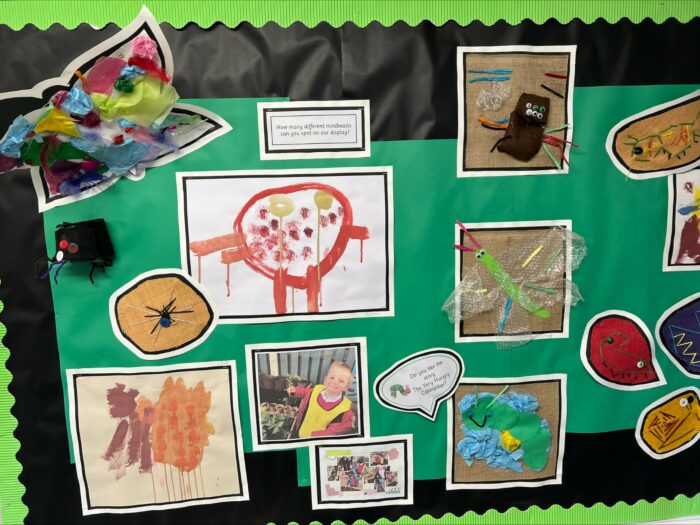
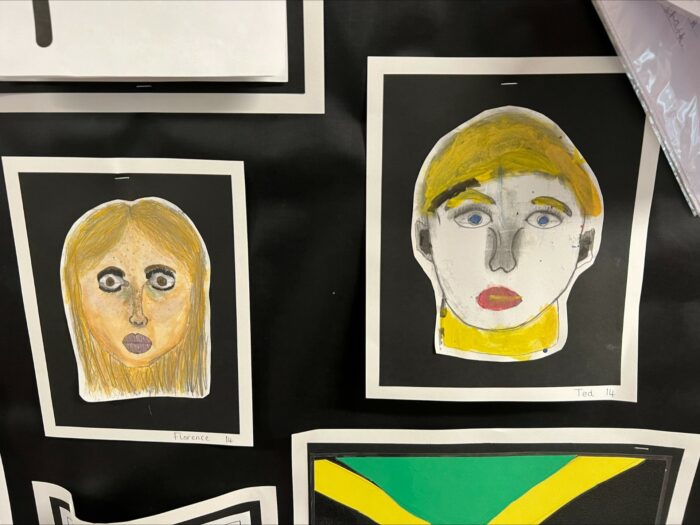
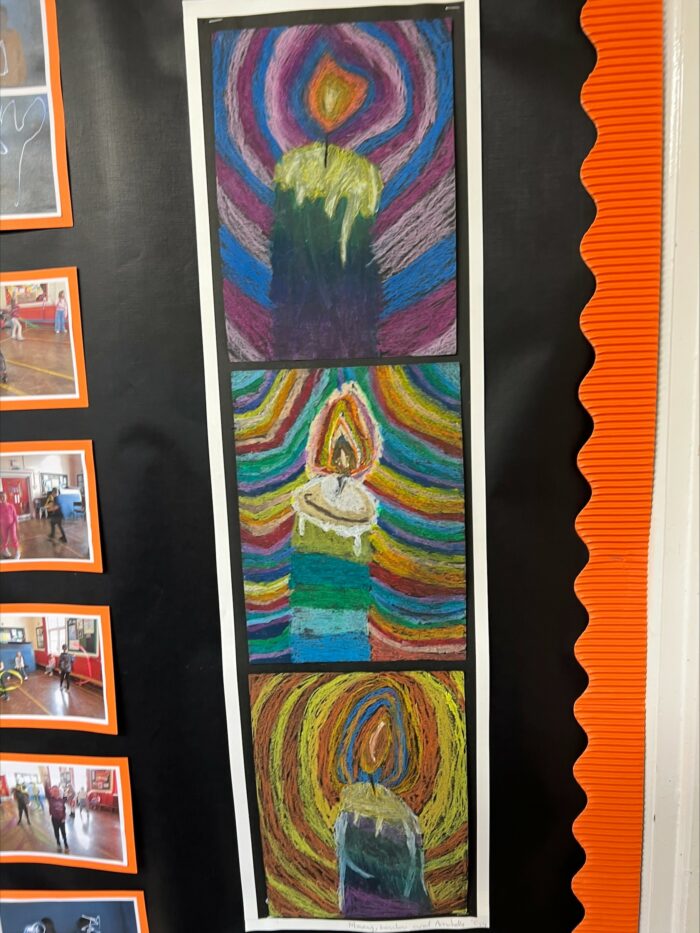
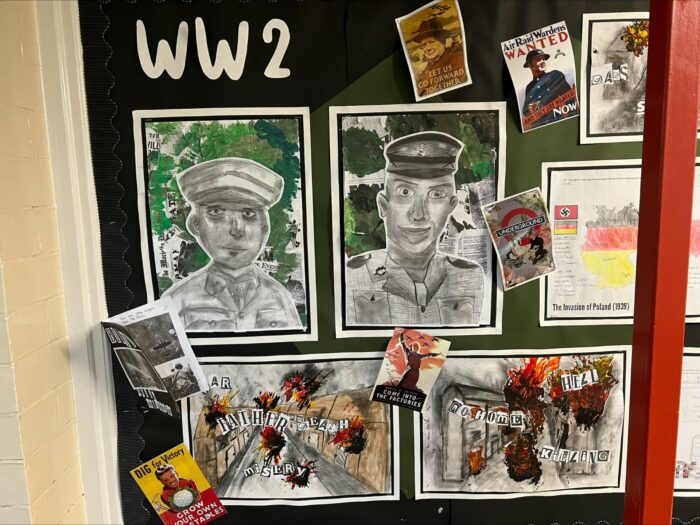

Thorpe Hesley Primary School awarded Artsmark award
Thorpe Hesley Primary School has embarked strongly on the long term project of reviewing, revising, refreshing and renewing the arts provision. They have initially focused predominantly on visual art provision, providing CPD that has enhanced staff confidence and skills and has encouraged teachers to allow children to explore their creativity more fully.
Skills progression documents have been revised, with adaptations to make vocabulary more inclusive, and creativity journals have been developed to give children a stronger sense of their personal progression and ownership of their creativity. Are these journals used to record achievements in other areas of the arts, such as music and drama, or to demonstrate the wider cultural capital of the students? The connection with an artist has strengthened the use of art in outdoor learning. They have listened to their children’s view that art lessons could be overly structured and repetitive and have created Art Ambassadors roles to ensure that pupil voice continues to be heard. The ambassadors organised a whole-school art competition and it will be interesting to see how this and other pupil voice initiatives impact the curriculum and the arts offer going forward. They have made some connections with local organisations and it would be valuable to have examples of collaborations with, for instance, the Artworks creativity hub or the Rotherham Children’s Capital of Culture, and of the impact that they have had on children’s learning. To gauge the Range of Offer for children across the year groups, it would be helpful to know more about the range of clubs and the level of uptake, the levels of access to trips and visitors and the details of how curriculum provision is made for the discrete arts subjects within the creative curriculum approach. What are the music teaching arrangements? Are Dance and Drama taught as subjects? Children have good opportunities to showcase their artwork. Is the development of independent creativity in Art matched in the approach to expressive arts? Do children have the opportunity to devise and deliver their own expressive arts performances? The music offer is evolving under the new music lead, with a new music scheme, the choir and the arrival of Rocksteady. They also have good plans to explore the use of Drama to support literacy and oracy. The combination of supportive CPD, revised Curriculum Design and engaging with pupil voice in Art has provided a strong model for how they might strengthen Dance and Drama. They have good plans to develop the cross-curricular use of creative processes and it will be valuable to evidence the impact of these initiatives on wider learning, particularly as they build sharing of good practice with other settings. Continuing work with ROSIS and ROH Cultural Champions will support staff development and to enhance this they might seek wider Cultural Collaborations with creative practitioners and arts organisations, which can also extend the Range of Offer. In doing so, they might continue to explore how the arts offer can further reflect and celebrate the diversity of society. With the commitment and engagement of the governors and senior leaders, they are well placed to build on the strong foundations they have laid. We look forward greatly to hearing where the next journey takes them!






